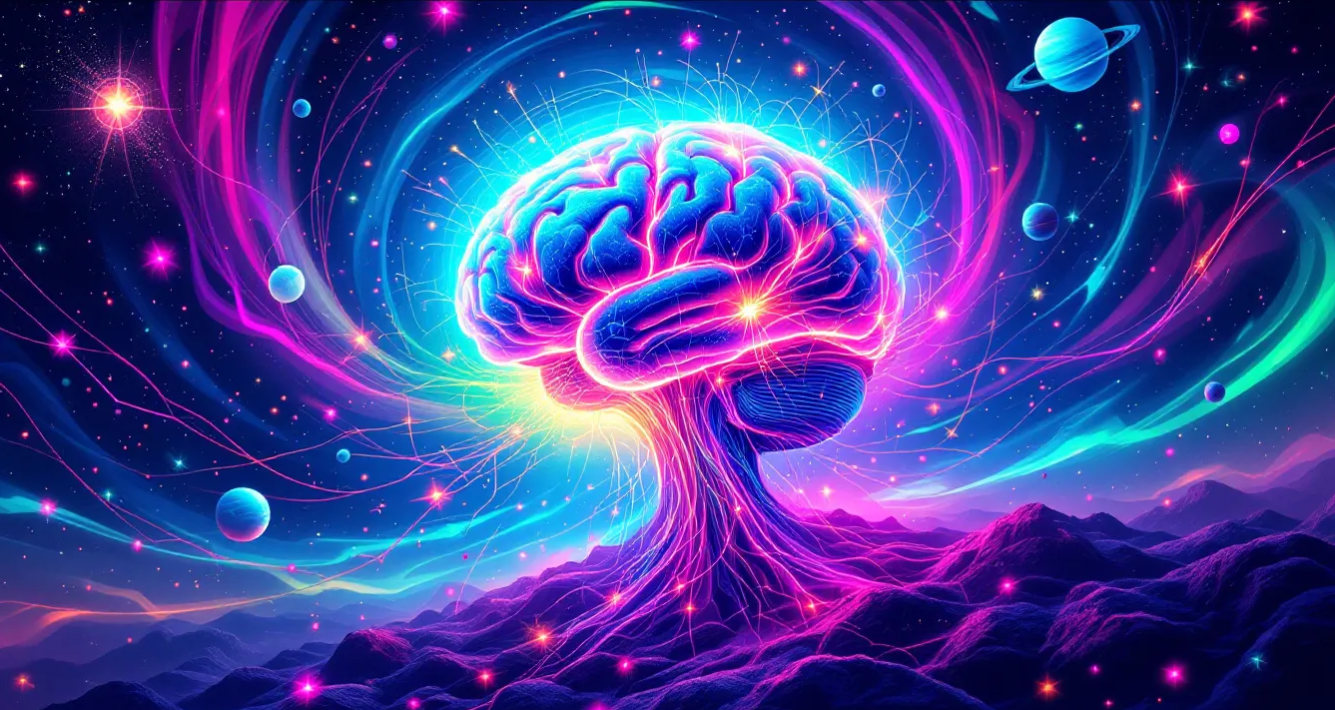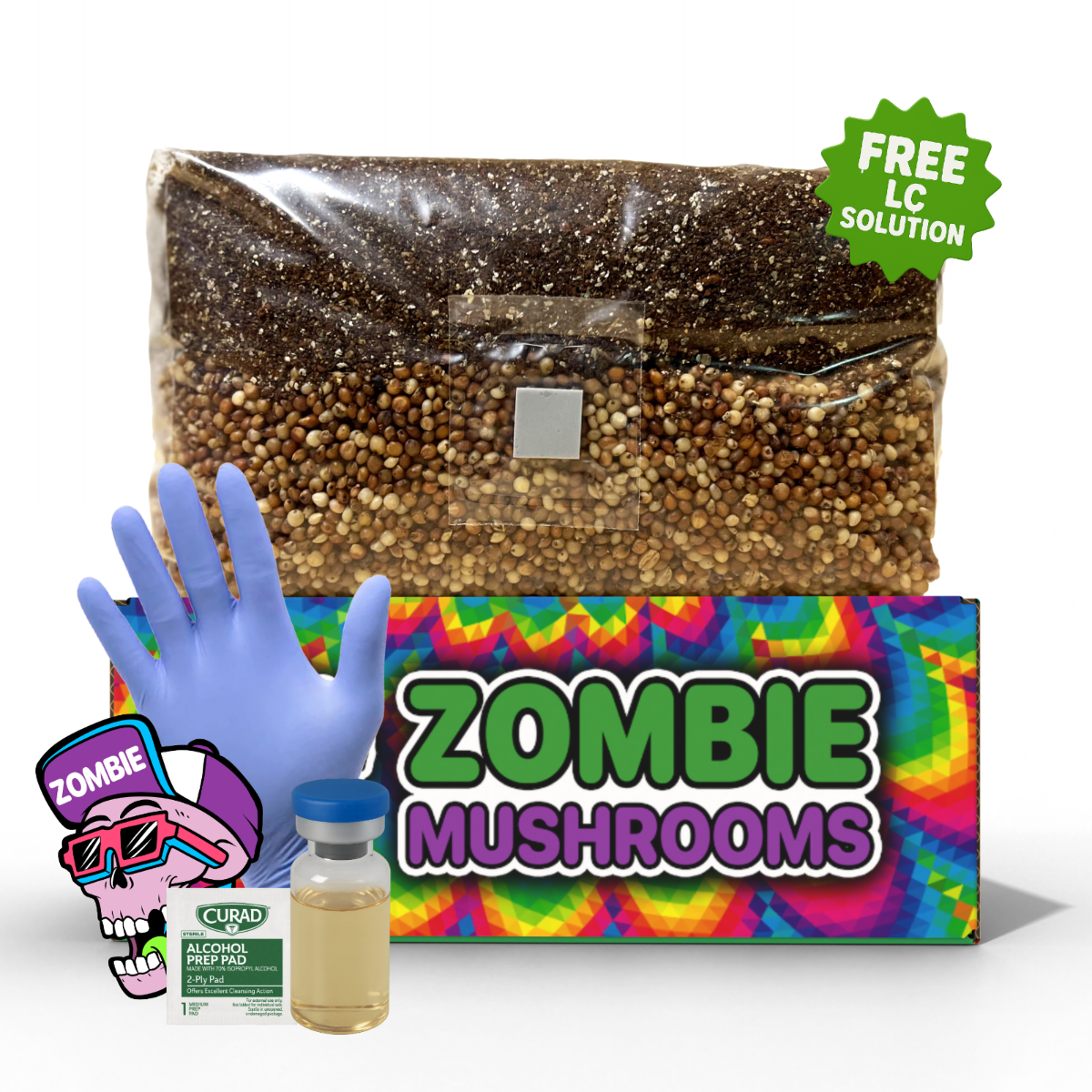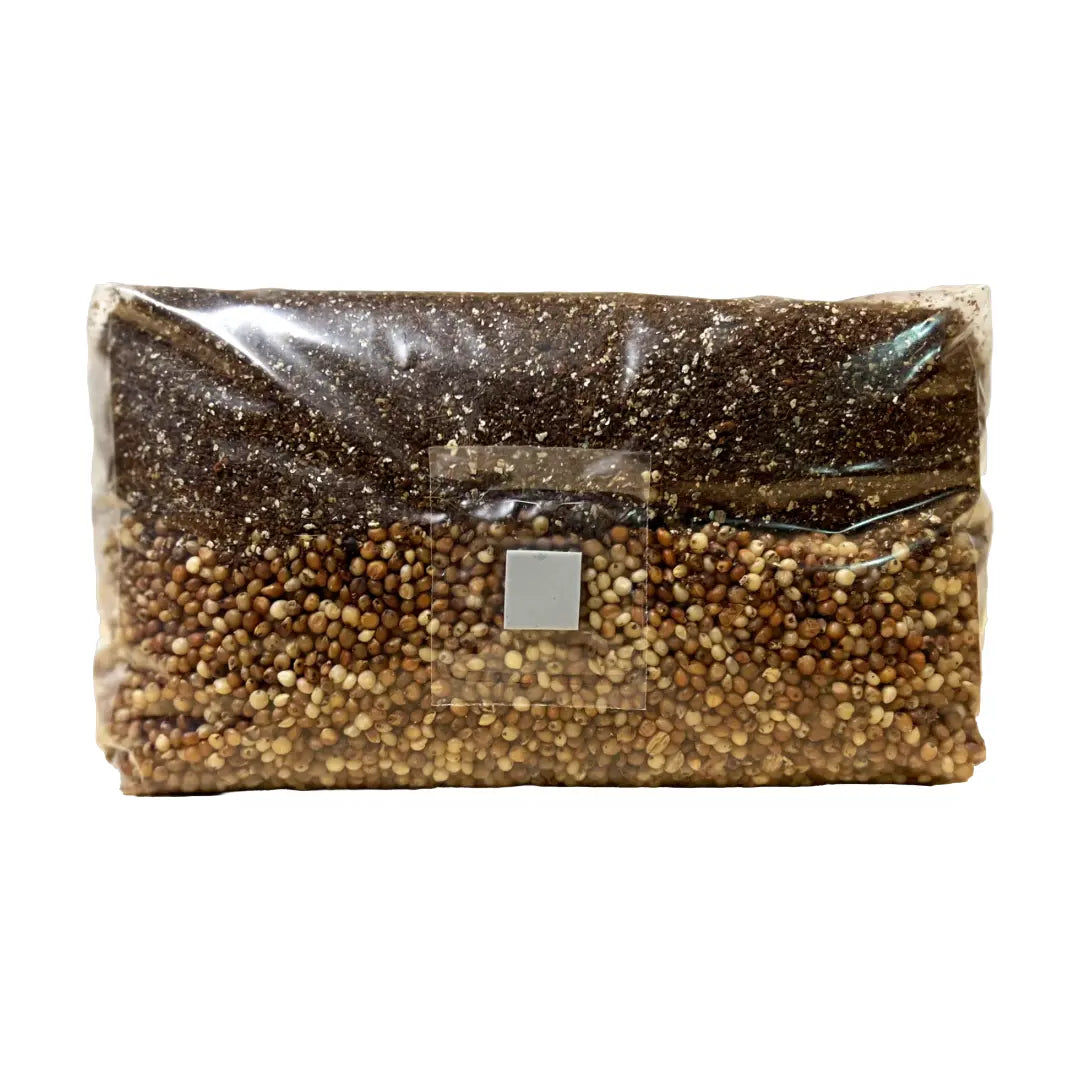- 5-MeO-DMT is a powerful psychedelic that shows rapid antidepressant effects in patients with treatment-resistant depression (TRD).
- GH Research’s Phase 2b trial of GH001 (5-MeO-DMT) reported fast and significant symptom reduction, with patients improving within hours.
- 5-MeO-DMT stimulates neuroplasticity, alters consciousness, and decreases Default Mode Network (DMN) activity, which is overactive in depression.
- The intensity and rapid onset of effects mean proper medical oversight is crucial to ensure safety and effectiveness.
- With ongoing research and regulatory shifts, 5-MeO-DMT could become an FDA-approved treatment within the next decade.
Psychedelic-assisted therapy is gaining momentum as a groundbreaking approach to mental health treatment, with 5-MeO-DMT emerging as a promising candidate for treatment-resistant depression (TRD). Unlike traditional antidepressants that take weeks or months to work, GH Research’s recent Phase 2b clinical trial of GH001 (a pharmaceutical 5-MeO-DMT formulation) suggests that this psychedelic can induce rapid and significant relief in TRD patients. But how does it work, and what does the future hold for 5-MeO-DMT as a depression treatment?

What is 5-MeO-DMT?
5-MeO-DMT (5-methoxy-N,N-dimethyltryptamine) is a naturally occurring psychedelic found in the venom of the Bufo alvarius (Colorado River toad) and in various plant species. It is structurally related to DMT (dimethyltryptamine) but is estimated to be four to six times more potent (Richards, 2015). Unlike classic psychedelics such as LSD or psilocybin, 5-MeO-DMT induces
- An extremely intense but short-lived psychedelic experience (typically 10-30 minutes).
- Profound ego dissolution, which can lead to deep emotional or mystical experiences.
- Significant alterations in perception and consciousness, often described as transcendent.
Despite its intensity, 5-MeO-DMT has shown potential for therapeutic use, particularly in treating depression and anxiety disorders. Recent studies highlight its unique neurobiological effects that could support mental health improvements when administered in a controlled setting.

Understanding Treatment-Resistant Depression (TRD)
Treatment-resistant depression (TRD) is a severe, persistent form of depression that does not respond to standard antidepressant medications, such as SSRIs (selective serotonin reuptake inhibitors) or SNRIs (serotonin-norepinephrine reuptake inhibitors). TRD affects millions globally and significantly compromises a person’s
- Daily functioning (impairing work, relationships, and quality of life).
- Mental and emotional well-being, leading to prolonged suffering.
- Suicidal risk, as many individuals with TRD experience chronic hopelessness.
Current treatments, including therapy, antidepressant combinations, and electroconvulsive therapy (ECT), have limited success rates — creating an urgent need for novel, fast-acting therapies like psychedelics.

GH Research’s Phase 2b Trial: Breakthrough Findings
GH Research, a biopharmaceutical company developing psychedelic-based treatments, completed a Phase 2b clinical trial investigating GH001 (their proprietary inhaled 5-MeO-DMT formulation) for treating TRD. Key findings from the study include
- Rapid antidepressant effects – Symptoms improved within hours after a single-dose administration.
- High response rates – Many patients showed significant symptom reduction shortly after treatment.
- Minimal adverse effects – The trial data indicated a favorable safety profile, with manageable side effects.
These results suggest that 5-MeO-DMT has the potential to revolutionize TRD treatment by offering fast, effective relief with fewer doses compared to traditional antidepressants.

How 5-MeO-DMT Works in the Brain
Unlike conventional antidepressants, which take weeks to alter brain chemistry, 5-MeO-DMT acts rapidly by influencing
Serotonin Receptors (5-HT2A Activation)
Like psilocybin and LSD, 5-MeO-DMT interacts with serotonin receptors, particularly 5-HT2A. This receptor plays a key role in mood regulation, cognition, and consciousness.
Neuroplasticity Enhancement
Studies suggest psychedelics, including 5-MeO-DMT, promote brain plasticity by encouraging
- Growth of new neural pathways, helping rewire maladaptive patterns.
- Increased synaptic connectivity, leading to greater mental resilience.
Default Mode Network (DMN) Reduction
The Default Mode Network (DMN), associated with self-referential thinking and negative thought loops, is overactive in depression. 5-MeO-DMT appears to temporarily suppress DMN activity, which could
- Interrupt harmful rumination (a common feature of depression).
- Promote a reset in cognitive processing, allowing for new, healthier perspectives.
This mechanism is why many patients describe a sense of emotional release or lasting relief after a psychedelic experience.

5-MeO-DMT vs. Psilocybin: Key Differences
| Feature | 5-MeO-DMT | Psilocybin |
|---|---|---|
| Duration | 10-30 minutes | 4-6 hours |
| Intensity | Extremely potent, ego-dissolving | Less intense, deeply introspective |
| Onset of effects | Immediate (within seconds) | Slower onset (30-45 minutes) |
| Therapeutic Considerations | Shorter sessions, lower time commitment | Longer sessions requiring extensive guidance |
| Clinical Efficacy | Fast-acting antidepressant effects in TRD | 71% response rate in major depression (Davis et al., 2020) |
While psilocybin therapy has demonstrated strong efficacy, the shorter duration and rapid action of 5-MeO-DMT could make it more feasible in clinical settings—especially for outpatient procedures.

Potential Risks and Considerations
While promising, 5-MeO-DMT is not without risks, especially when used outside of medical supervision
- Psychological intensity – Some individuals may experience distressing effects, including panic, fear, or confusion.
- Physical side effects – Temporary nausea, increased heart rate, or dizziness can occur.
- Risks in unregulated settings – Illicit or recreational use without proper medical oversight can be dangerous.
However, when administered in clinical environments, studies suggest 5-MeO-DMT is well-tolerated, offering a favorable safety profile for patients with TRD.

The Future of Psychedelic-Assisted Therapy
With growing research and support, experts predict psychedelic-assisted therapy will reshape mental health care. Key developments include
- Regulatory approvals – Expanded clinical trials could lead to FDA and European Medicines Agency (EMA) approval of 5-MeO-DMT-based therapies.
- Wider access – Mental health clinics may integrate psychedelic therapy for TRD as an FDA-approved protocol.
- Insurance coverage – If accepted into mainstream medicine, psychedelic-assisted therapy could become covered by insurance, making it more accessible.
Given the strong preliminary findings, 5-MeO-DMT-based treatments could be available within the next decade, significantly improving options for those with depression resistant to traditional treatments.
Final Thoughts
The Phase 2b results from GH Research reinforce the therapeutic potential of 5-MeO-DMT for treatment-resistant depression. With rapid onset, high efficacy, and minimal sessions required, this psychedelic could represent a transformative shift in depression treatment. While more research is needed, the future of psychedelic-assisted therapy looks promising, and 5-MeO-DMT may soon become an essential tool in mental health care.
Stay updated on emerging psychedelic research, and consult healthcare professionals about alternative treatments for TRD.
Citations
- Davis, A. K., Barrett, F. S., May, D. G., Cosimano, M. P., Sepeda, N. D., Johnson, M. W., Finan, P. H., & Griffiths, R. R. (2020). Effects of psilocybin-assisted therapy on major depressive disorder: A randomized clinical trial. JAMA Psychiatry, 78(5), 481-489. doi:10.1001/jamapsychiatry.2020.3285
- Richards, W. A. (2015). Sacred Knowledge: Psychedelics and Religious Experiences. Columbia University Press.
- Nutt, D., Carhart-Harris, R. L., & Nichols, D. E. (2023). Psychedelics as potential therapeutics for psychiatric disorders: A review of their clinical and neurobiological effects. Neuropsychopharmacology, 48(1), 293-306.



